Educational Resources
Louisiana Sea Grant’s Department of Education and Engagement seeks to provide quality educational materials for teachers. These educational resources are aligned with the Louisiana State Standards and cover a variety of topics. The lesson plans are created by the Louisiana Sea Grant members, with student engagement as their focus. Teachers can use these lessons to enhance their classrooms further and provide valuable hands-on experiences.
Children’s Literature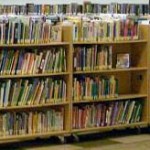
A collection of book lists that focus primarily on issues that face Louisiana and the Gulf of Mexico, with a few titles exploring a broader environmental science context. Books are grouped according to age group for Children’s (elementary) and middle and high school youth.
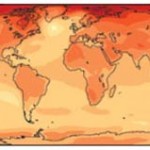 Climate
Climate
Climate change graphics pages/student activities were developed to enhance observation and interpretation skills of scientific figures, graphs and maps in science, math or geography classrooms using a climate theme.
Invasive Species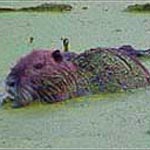
Nonnative or exotic species come from all over the world. While some nonnative species are not harmful to our community, many species behave like unwelcome intruders, often out-competing beneficial native plants and animals. These are known as invasive species.
Education on the Halfshell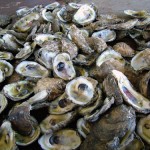
Education on the Halfshell lessons use oysters to teach biological concepts. Lessons include background information, blackline masters, alternative assessments, answer keys, extension ideas, resources and web links, correlations to the Louisiana and the National Science Education Standards.
Hurricanes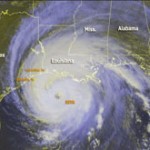
Sites that provide background information, lesson plans and activities, research data, images, and other useful facts about hurricanes.
Manatees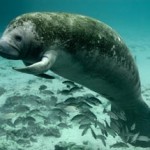
Manatees have been found in many waterways in south Louisiana including the Amite River and Lake Calcasieu. The warm waters and abundance of aquatic vegetation have attracted migrating manatees to Louisiana waters.
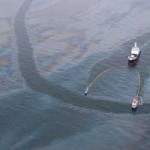 Oil Spill
Oil Spill
Louisiana informal educators responded to the DWH oil spill by coming together to establish teacher needs for teaching several different aspects of the spill. Educators developed several lessons for teachers, conducted workshops and sponsored video conferences to help communicate the science of the spill.
On Again, Off Again – The Dead Zone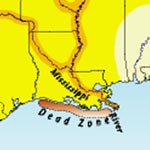
The Dead Zone Project offers educational activities for students at the middle/high school level that will explore the science behind the phenomenon. Activities will focus on the concepts such as nutrient enrichment, dissolved oxygen, mechanisms of oxygen depletion, and use data (real or simulated) to plot anoxic zones.
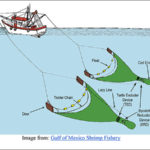 Seafood
Seafood
The seafood industry in Louisiana is a vital part of its economy. Louisiana is the second-largest seafood producer and the largest commercial fishery in the contiguous United States. The lessons were developed to describe how important this industry is for the state. These lessons contain information about the life cycle of the shrimp, the history of shrimping vessels, how the environment can impact seafood production, and regulations that are in place of fishing.
Wetlands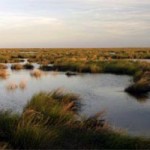
Educational facts and links to Web sites that will provide you with more information about wetlands.
